#The term can be linked to the english “black market” (selling goods illegally)
Explore tagged Tumblr posts
Text
One of my favorite dutch words is the term we use for "A money laundering storefront"
#It's called “a money-white-washery” btw#The term can be linked to the english “black market” (selling goods illegally)#It entered the German language in a more “selling goods illegally below the fixed prices” in ww2#And then passed to dutch#To this day someone who works without a contract (not insured & unknown by the government) is called a black worker#Whence we gain the term “black money”#So if you want to launder your black money you're essentially making it white by a cover operation#Thus: money-white-washery#Bc you're scrubbing the illegality off of it lol
4 notes
·
View notes
Photo
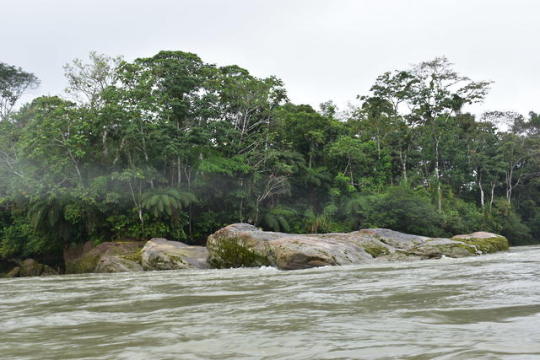
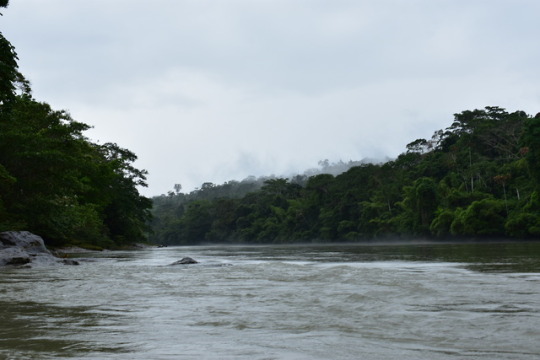
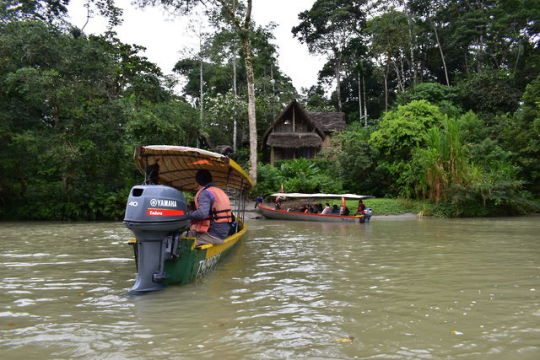

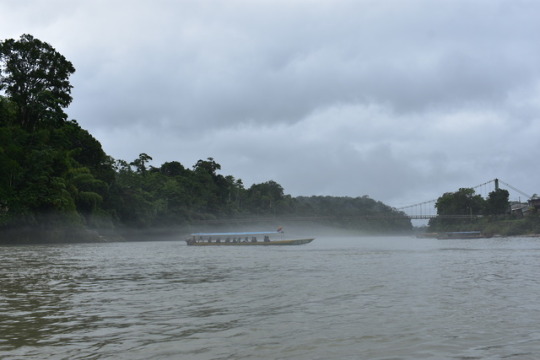

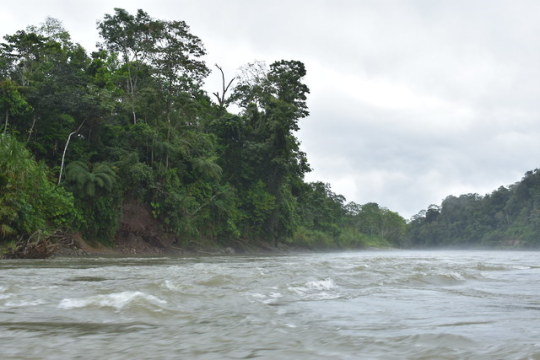

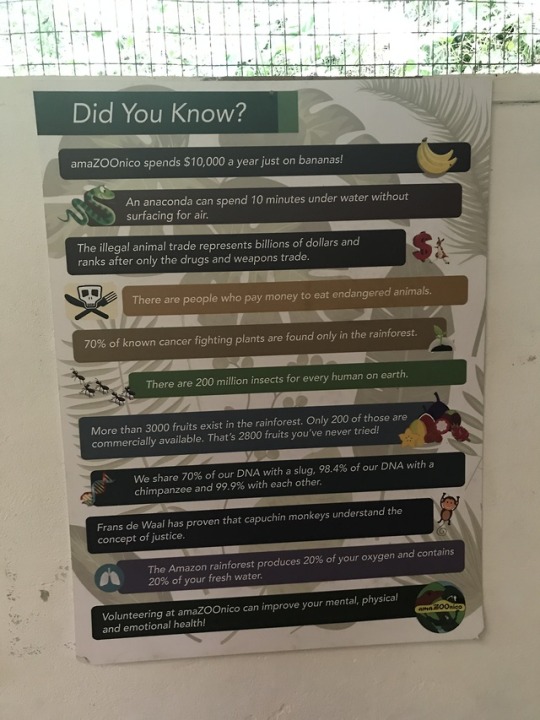

June 29th 2018
First full day in the Jungle, and we have many activities planned. Our breakfast was eggs, pineapple, watermelon, plantains, yoghurt and granola, and coffee. Last night I slept on the queen bed, but I had to get up and pee about 7 times because the sound of the Napo River was messing with me. I’m still sick today, my lymph nodes have been super swollen for like over two weeks now, but onward we go. I whipped out my blue-green poncho, and everyone got rain boots for the boat ride. I sat next to Ginger, my boat buddy, and we drove through the Napo River for over an hour to get to the Amazoonica animal rescue center.
Amazoonico is a wildlife rescue center located in the Ecuadorian Amazon rainforest that rehabilitates, reintroduces, and cares for animals who are victims of illegal trafficking. All of the animals that arrive at the center are brought by the Ministry of the Environment, the result of confiscations from people who have kept them as pets or intended to sell or trade them on the black market. Some animals arrive suffering from multiple physical and behavioral problems which make it impossible for them to live free in the forest. In those cases, they are provided with enclosures similar to their original habitat, where they can live in the most natural conditions possible. In other cases, if the animals arrive in good physical and mental condition and after passing through quarantine, various examinations, and a rehabilitation process, they can be successfully reintroduced back into their natural habitat.
Founded in 1993, Amazoonico is a non-governmental organization created by a Swiss-Quichua couple named Angelika Raimann and Remigio Canelos. Together with Christine von Steiger, they wanted to protect the fauna of the Amazon, creating a center that would receive, treat, rehabilitate, and reintroduce wild animals that had been confiscated from illegal trade. In order to fulfill the plans for reintroduction it was important to create another project that would be exclusively dedicated to protection the rainforest itself, working with the community towards a common goal of sustainable and practical resource use. So came the birth of Selva Viva: a large umbrella project which would come to include 1750 hectares of protected forest, a trilingual school for the neighboring community, and two Eco-lodges which promote ecotourism. The project has been widely embraced by the nearby community and those who visit it daily, and has come to be well-recognized as a sanctuary of care and respect for wildlife. The driving force behind amaZOOnico are the Padrinos, volunteers, and tourists. Each day, they take care of the work with the animals, educational campaigns, and the maintenance of the infrastructure, the collection of funds and the general upkeep of the center.
Our tour guide was from Switzerland and she is working there for two months. She was kind of ditzy, but I think it is because she wasn’t comfortable with her English. On our tour we met toucans first, who while beautiful, are known to be incredibly aggressive and territorial. Their feathers had been plucked for ancient local rituals, and they had been taken to the center to regrow them. However they are now too acclimated to living in a cage around humans, so they must stay in the rescue center for the remainder of their lives. Next was the three and a half meter long Anaconda, who had her sensory organ taken out from her tongue, which helped to determine if her prey was dead or alive. She was found as a tourist attraction, and must stay there forever, with her roommate the Boa Constrictor. The Macaws we saw were very special, but very loud. They are often kept as pets, but given away after two years because their owners did not anticipate how noisy they would be. These birds choose their mates for life, and one wild Macaw chose a mate inside the cage, so every day he comes and perches on the top of the chain links so he can be with his wife.
We moved onto the monkeys, and I especially like Mono Capuchinos. This species uses its tail as a fifth hand, and every time tourists come around, one of the monkeys puts on a show. Hunted for their young, the mothers are usually shot so that the young they carry will fall to the ground and can be captured. Oftentimes Capuchinos arrive at Amazoonica paralyzed from the fall off their mother’s back. Pecaris, or relatives of wild pigs, were grouped together as a pack in this reserve. As a common dish for holidays, Amazoonica tries to release 8-10 a year away from civilization so they won’t be captured and eaten. Other attractions were the Coati, which reminded me of a possum or raccoon, a wild cat similar to Jaguars, and Amazon River Turtles. My absolute favorite were the Spider Monkeys and Chi Chico. Amazoonica’s Spider Monkeys were to be released soon, with a pack that hung around their group cage. The Chi Chico, Ecuador’s smallest monkey, was found in a backpack being smuggled across the border of Peru. His brother died due to parasites, but he now calls the reserve his home.
Of all these animals rescued, 1/3 survive at stay, 1/3 die, and 1/3 survive and our released. To be honest, this was identical to a Zoo for me. I didn’t feel that their project had stayed our course for its goals and mission. Yes they gave the animals similar habitats to that of their natural homes, but to allow tourists to come view them in cages for money, and their ratio of those rehabilitated in the wild, did not convince me that they were truly following the founders’ beliefs.
After our fairly brief visit, we traveled a short distance to eat lunch by the river. We were served this rice conglomeration with chicken, corn, and all sorts of vegetables mixed in. For sides we had tomatoes, lettuce, apples, huge bananas from Colombia, and water. I was pretty much choking on the rice the whole meal and attracting way too much attention. I sounded like a dying squeaker toy with a tomato face to boot. I blame the Ahi sauce and my closed off throat, plus the drizzling rain and cold wind. Lunch was quickly over and we were off to visit the Tiyayaku indigenous community guided by Marco. Our first demonstration was artisanal gold mining. The community is named after the river they mine in, and there are 15 families with approximately 68 people. To mine they arrive along the river at 4 am, carry big pots that weigh around 40 kg. They stay there till 3pm, usually waiting till the water is high and coming from the north, for that is when they find the most gold. It’s important for the Tiyayaku to have strong metal sticks, helping dig up more minerals to bring back to the village. Once they have dug up the ground and moved it into the circular bowl, they partially dip it into the river, moving the bowl in a specific circular motion to keep the gold grain inside. After this practice, they used to put the gold in their mouth to separate it from the iron, but nowadays a magnet is used. Women and men alike carry these heavy pots about 15 meters, either on their shoulder or their back. About 90 pots is one gram of gold, and one gram is 20 to 30 dollars in market.
Walking into the village we saw a diverse array of flora species, such as the well-known paradise flower with over 57 types in Ecuador. The indigenous use this plant for shampoo and sweet water; because of this sweet water, its inside petals are house various insects. A wide variety of this flower contributes to many different species of Hummingbirds.
We were led into a large wood-gated common area, where Rosalina, a grandmother of 35 grandchildren, showed us how they utilized the Yuca. With three different types harvested in the beginning, middle, and end of the year, it is the most important and most nutritious of their harvest. They also make the chichi drink, by fermenting this plant. It is so integral to their culture that spouses are chosen based on how well the woman can make this alcoholic beverage. After we all had a taste of the strange-milky vodka-tasting drink, two volunteers were brought up to make ceramics out of clay. This activity has been lost my many communities, because children simply aren’t interested in learning ancient skills. The making of ceramics was vital to this culture, so they could feed their families from pots and bowls, each with a specific purpose.
Our last activity was shooting darts out of the blow guns to hit a wooden toucan. Tactics like this were used to fight off the conquering Incas from invading the Amazon. At the gift shop I purchased a hand-made bowl designed with butterflies, toucans, and a woman. Then it was back on the boat for a quick ride to our cabins. I felt awful after sitting in the cold and the rain. In my opinion, cultural ecotourism activities like this do more good than harm. It seems to be keeping the culture alive against waves of modernization and outsourced labor. Not only does it provide income for the Tiyayaku, it also forces them to keep practicing ancient traditions to showcase their history and development. In terms of our cabins, I also think it is the most practical and sustainable way to combine humans and the environment. By integrating cabins into the landscape, destroying as little of the rainforest as possible, a deeper appreciation of nature is established, and visitors are encouraged to protect this house of biodiversity.
As soon as we got home I took a shower and napped until dinner. But when I woke up I felt even worse; my eardrum was swollen, itchy, and pounding, my throat hurt, I was hacking up globs of mucus, and my head was killing me. After our dinner of cornita frijo, fish, and fruit, I asked Felipe for an ibuprofen, and went to bed around 8:30pm.
The plan is to go to the doctor in Quito tomorrow, so here’s hoping.
0 notes